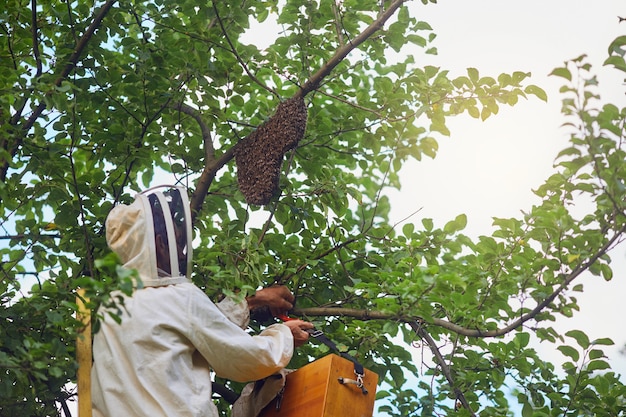
Expert Termite Control in Lancaster
Termites are notorious for causing significant damage to wooden structures, leading to costly repairs and potential safety hazards. In Lancaster, where wooden structures are prevalent, the need for effective termite control is paramount. Understanding the importance of professional termite control services can help homeowners and businesses protect their properties and investments. This article explores expert termite control solutions available in Lancaster, providing valuable insights into prevention, identification, and treatment methods.
Understanding Termite Infestations
Common Types of Termites in Lancaster
Lancaster is primarily home to three types of termites:
- Subterranean Termites: Known for their underground colonies, they are highly destructive to wooden structures.
- Drywood Termites: Unlike subterranean termites, these can infest dry wood with minimal moisture requirements.
- Dampwood Termites: These thrive in moist environments and often infest decaying wood.
Understanding these species is crucial for effective termite management. Learn more in this detailed guide.
Signs of a Termite Infestation
Identifying a termite infestation early can prevent extensive damage. Look out for the following signs:
- Swarmers: Winged termites emerging indoors or around the property.
- Discarded Wings: Often found near windowsills or door frames.
- Mud Tubes: Pencil-sized tubes on walls or foundations indicating subterranean activity.
- Wood Damage: Smooth, hollowed-out wood along the grain.
- Frass: Small pellets resembling sawdust, indicative of drywood termites.
Early detection is key to minimizing damage. Explore further insights here.
Effective Termite Control Methods
Inspection and Monitoring
Regular inspections by trained professionals can detect termite activity before it becomes a major problem. Monitoring devices can be used to track termite activity over time.
Prevention Techniques
- Reduce Moisture: Fix leaks and ensure proper drainage around the foundation.
- Remove Wood Contact: Keep wood structures away from soil contact.
- Seal Cracks: Close entry points in foundations and walls.
Implementing these preventative measures can significantly reduce the risk of infestation. Find additional information here.
Treatment Options
Treatment methods vary based on the type of termite and severity of the infestation:
- Liquid Termiticides: Applied to soil to create a chemical barrier against subterranean termites.
- Baiting Systems: Stations placed around the property to lure and eliminate termites.
- Fumigation: A whole-structure treatment used for severe drywood termite infestations.
Choosing the right treatment option is essential for effective termite management. Read more about this topic.
Benefits of Professional Termite Control
Opting for expert termite control offers several advantages:
- Expertise: Professionals have the training and experience to accurately identify and treat infestations.
- Safety: Proper handling of chemicals and equipment minimizes risks to health and the environment.
- Long-term Solutions: Comprehensive treatment plans ensure long-lasting protection.
Professional services provide peace of mind and safeguard property investments. Learn more in this detailed guide.
Conclusion
Effective termite control in Lancaster is vital for maintaining the integrity and value of properties. By understanding the types of termites, recognizing the signs of infestation, implementing prevention techniques, and utilizing professional services, property owners can effectively combat these pests. For more detailed insights and guidance, explore further insights here.